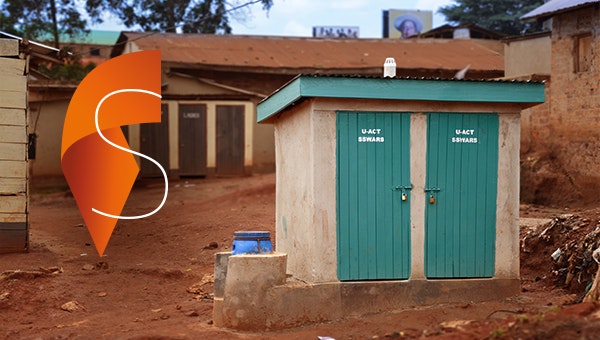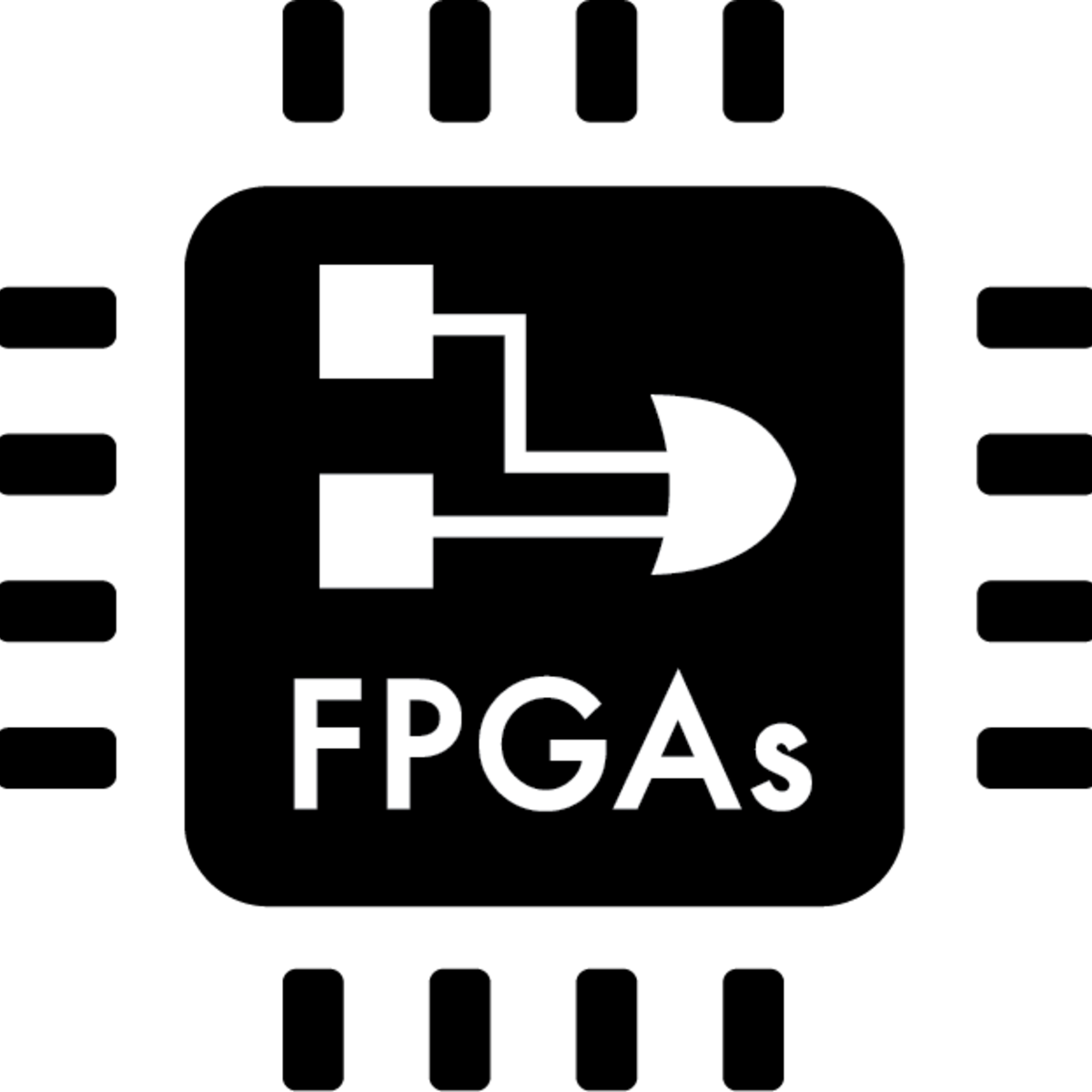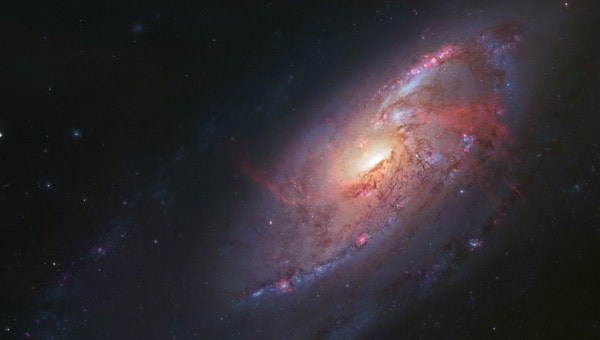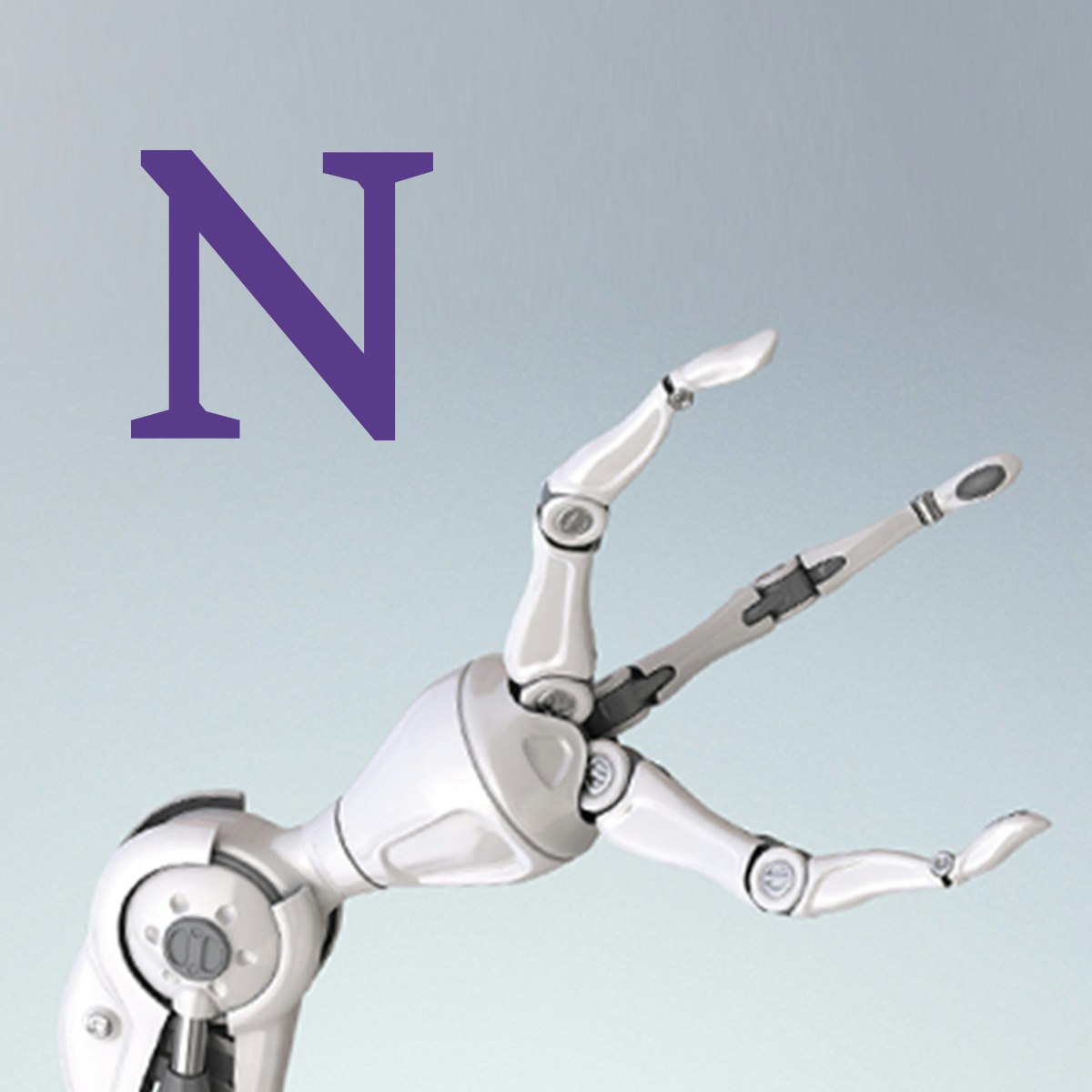Back to Courses









Physical Science And Engineering Courses - Page 44
Showing results 431-440 of 522

Planning & Design of Sanitation Systems and Technologies
Do you want to learn how to plan affordable and context-specific sanitation solutions? Be up-to-date on the newest developments in urban sanitation planning and programming? Get to know best practice examples of urban sanitation systems in low- and middle-income countries? If yes, this course is for you!
This course provides you with an introduction to integrated sanitation planning, both on a citywide scale and for specific contexts such as informal settlements. You will become familiar with different sanitation planning frameworks as well as different systems and technologies relevant along the sanitation value chain. You will learn why systems’ thinking is crucial for urban environmental sanitation, and how to apply key terminology and important concepts.
INSTRUCTION Eawag-Sandec and EPFL jointly offer this course with support from sanitation experts of the World Bank and WHO.
LANGUAGES We simultaneously offer this course in English and French. The name of the French course is « Planification & Design des Systèmes et Technologies d’Assainissement ».
MOOC SERIES This course is one of four in the series “Sanitation, Water and Solid Waste for Development".
Introduction to FPGA Design for Embedded Systems
This course can also be taken for academic credit as ECEA 5360, part of CU Boulder’s Master of Science in Electrical Engineering degree.
Programmable Logic has become more and more common as a core technology used to build electronic systems. By integrating soft-core or hardcore processors, these devices have become complete systems on a chip, steadily displacing general purpose processors and ASICs. In particular, high performance systems are now almost always implemented with FPGAs.
This course will give you the foundation for FPGA design in Embedded Systems along with practical design skills. You will learn what an FPGA is and how this technology was developed, how to select the best FPGA architecture for a given application, how to use state of the art software tools for FPGA development, and solve critical digital design problems using FPGAs. You use FPGA development tools to complete several example designs, including a custom processor. If you are thinking of a career in Electronics Design or an engineer looking at a career change, this is a great course to enhance your career opportunities.
Hardware Requirements:
You must have access to computer resources to run the development tools, a PC running either Windows 7, 8, or 10 or a recent Linux OS which must be RHEL 6.5 or CentOS Linux 6.5 or later. Either Linux OS could be run as a virtual machine under Windows 8 or 10. The tools do not run on Apple Mac computers. Whatever the OS, the computer must have at least 8 GB of RAM. Most new laptops will have this, or it may be possible to upgrade the memory.

Introduction to Acoustics (Part 2)
Learners might have learned the basic concepts of the acoustics from the ‘Introduction to Acoustics (Part 1).’ Now it is time to apply to the real situation and develop their own acoustical application. Learners will analyze the radiation, scattering, and diffraction phenomenon with the Kirchhoff –Helmholtz Equation. Then learners will design their own reverberation room or ducts that fulfill the condition they have set up.

Solar Energy System Design
Solar Energy System Design builds upon the introduction to PV systems from Solar Energy Basics course, which included basic system components and functions, as well as some basic system sizing using simplifying assumptions. You should at this point have a basic understanding of electrical power and energy, be able to calculate the energy needs of a site as well as energy production potential for a PV system at a given location under optimal conditions. Much of this course will focus on incorporating on the ground conditions into energy production considerations, and how to account for these conditions in system design and equipment selection. By the end of this course you should be able to incorporate losses in irradiance due to array setups with less than optimal positioning and/or shading, and account for variations in module output due to temperature variations in your system design.
Introduction to Semiconductor Devices 2
This course aims to provide a general understanding of semiconductor devices. This coures covers the Metal-Semiconductor Contact, Metal-Oxide-Semiconductor (MOS) capapcitor, Metal-Oxide-Semiconductor Field Effect Transistors(MOSFETs), CMOS, Metal-Semiconductor Field Effect Transistors(MESFETs), Memory and Bipolar Junction Transistor (BJT) to improve the overall knowledge of semiconductor industry.
The lecture notes can be downloaded with registration, that helps students watch the videos. It is recommeded to print them in two pages in one A4 sheet and take notes during lectures for better understanding. Also, there are quiz problems to check your understanding of the lectures each week. To receive course certificate, you must score at least 60% of each week's quiz withing two chances.
Lecture notes, quiz and certificate are offered to registered students only.
week 1 Metal-Semiconductor Contact (Schottky/Ohmic contacts)
week 2 Metal-Oxide-Semiconductor(MOS) Capacitor
week 3 MOS Field Effect Transistors(MOSFETs)
week 4 CMOS, CMOS logic (Inverter, NAND & NOR gate)
week 5 Memory, Optoelectronic Devices
week 6 MESFETs, Bipolar Junction Transistors, Modern MOSFET

Mycelium Growth with NetLogo Web
Underneath our feet, spreading across the globe, a magnificent being resides. As a living network, it breaks down compounds from minerals and dead plants and animals in the soil (and pollutants as well), only to distribute these nutrients to other living organisms. Therefore, providing the cyclical nature characteristic of Nature. When conditions are right, some of these organisms will fruit into beautiful mushrooms, some of which are incredibly nutritious and with miraculous medicinal properties. The organism described is the Mycelium, or the vegetative part of a fungus organism.
In this project we will create an agent based model that simulates possible mechanisms through which fungi mycelium grows, as observed through microscopic lenses. For that we will be working with NetLogo Web, a very powerful online modeling environment. Learns will be introduced to this environment, as well as the basics of the Logo programming language.
Note: This project works best for learners who are based in the North America region. We’re currently working on providing the same experience in other regions.

Electric Power Systems
This course familiarizes you with standards and policies of the electric utility industry, and provides you with basic vocabulary used in the business. It introduces the electric power system, from generation of the electricity all the way to the wall plug. You will learn about the segments of the system, and common components like power cables and transformers.
This course is for individuals considering a career in the energy field (who have a high school diploma, at minimum, and basic knowledge of mathematics), and existing energy sector employees with less than three years of experience who have not completed similar training and would benefit from a course of foundational industry concepts.
The course is a combination of online lectures, videos, readings and discussions.
This is the first course in the Energy Production, Distribution & Safety specialization that explores various facets of the power sector, and features a culminating project involving creation of a roadmap to achieve a self-established, energy-related professional goal. To learn more about the specialization, check out a video overview at https://www.youtube.com/watch?v=2Yh9qIYiUDk.

Oceanography: a key to better understand our world
The course for a round the world regatta leads the boats through the Mediterranean Sea and the Atlantic, Southern Indian and South Pacific Oceans. On their voyage, the skippers come across a large variety of oceanographic situations: strong currents, floating ice, wave formations of every kind and biological diversity.
In this course the student will learn about the foundations of the science of oceanography. You'll learn about the classification and formation of the ocean floor, how current sea satellite analysis systems work, the chemistry of the oceans and the processes that led to its formation.
To follow this course does not require previous knowledge of oceanography.

Confronting The Big Questions: Highlights of Modern Astronomy
An introduction to modern astronomy's most important questions. The four sections of the course are Planets and Life in The Universe; The Life of Stars; Galaxies and Their Environments; The History of The Universe.

Modern Robotics, Course 6: Capstone Project, Mobile Manipulation
The capstone project of the Modern Robotics specialization is on mobile manipulation: simultaneously controlling the motion of a wheeled mobile base and its robot arm to achieve a manipulation task. This project integrates several topics from the specialization, including trajectory planning, odometry for mobile robots, and feedback control. Beginning from the Modern Robotics software library provided to you (written in Python, Mathematica, and MATLAB), and software you have written for previous courses, you will develop software to plan and control the motion of a mobile manipulator to perform a pick and place task. You will test your software on the KUKA youBot, a mobile manipulator consisting of an omnidirectional mecanum-wheel mobile base, a 5-joint robot arm, and a gripper. The state-of-the-art, cross-platform V-REP robot simulator will be used to simulate the task.
Popular Internships and Jobs by Categories
Find Jobs & Internships
Browse
© 2024 BoostGrad | All rights reserved